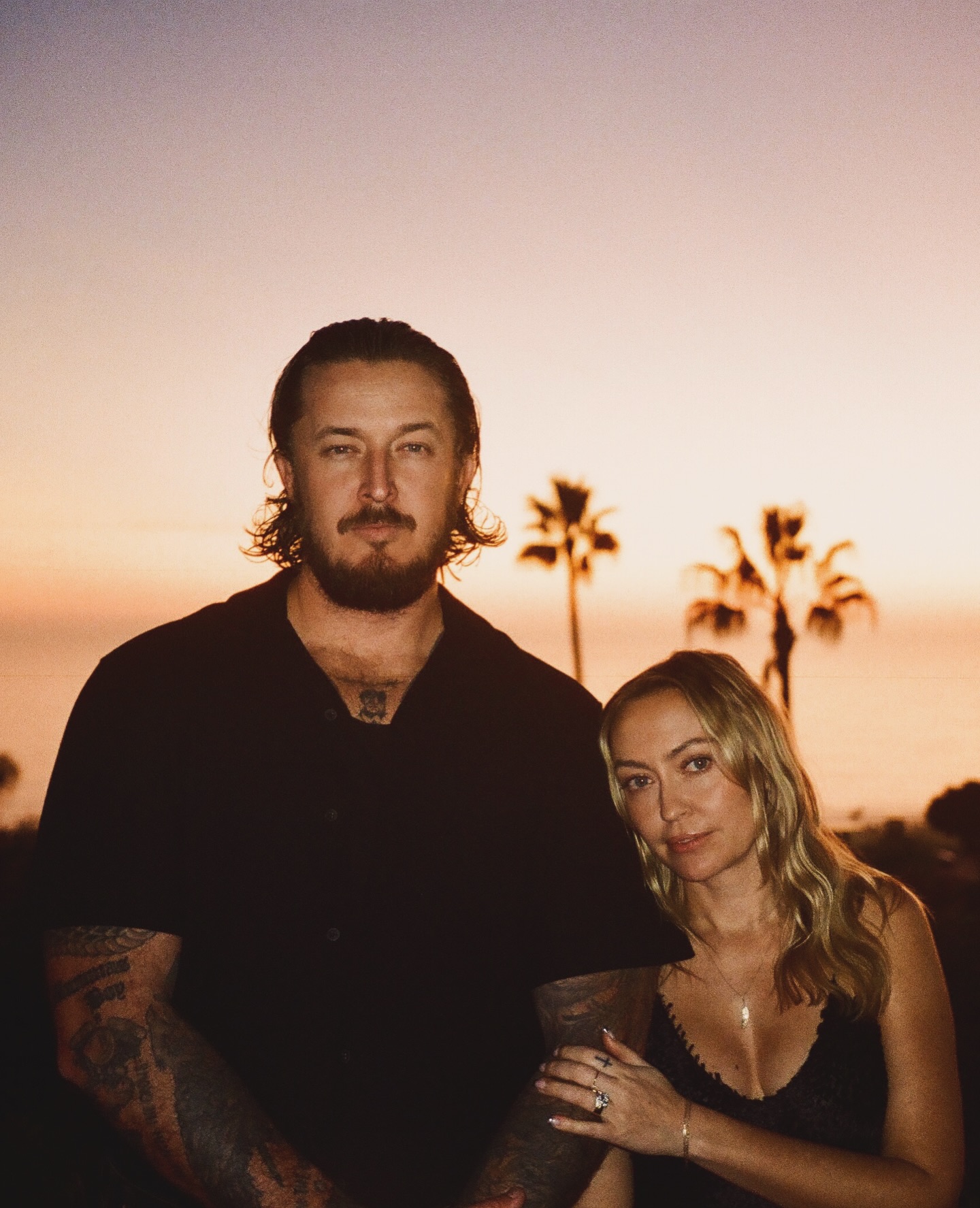Unveiling 5 Often Overlooked Signs of Breast Cancer—Beyond Just a Lump

Many adults can’t identify common breast cancer symptoms, according to new research.
While breast cancer is the second most common cancer diagnosis in women, general awareness and education on the disease appear to be lacking.
A new survey, conducted by The Ohio State University Comprehensive Cancer Center, polled more than 1,000 people and found that 93% recognized a lump as a symptom of breast cancer. However, less than half of those surveyed recognized other common symptoms, including:
A retracted, inverted, or downward-pointing nipple was the least commonly recognized symptom—only 31% of survey participants categorized it as a sign of breast cancer.
Here’s a breakdown of breast cancer symptoms patients should be more aware of, and how patients can prioritize education and learn to advocate for themselves within breast cancer conversations.
While the survey results don’t clarify why lumps are the most recognizable breast cancer symptom, experts have a few theories as to why this symptom stands out above the rest.
“I think this is the most recognizable symptom due to how breast cancer detection has historically been presented by healthcare providers and the media,” Dionisia Quiroga, DO, PhD, a breast medical oncologist at The Ohio State University Comprehensive Cancer Center, told Health.
“There has traditionally been an emphasis on feeling for lumps over looking for other types of changes,” she said.
Lumps, in general, have been flagged to the general public as concerning for health, Richard Reitherman, MD, PhD, a board-certified radiologist and medical director of breast imaging at MemorialCareBreast Center at Orange Coast Medical Center in Fountain Valley, Calif., told Health.
“A lump is a watchword for something dangerous, whether in the breast, abdomen, neck, or leg,” he said. “People tend to think lumps are something that needs to be addressed.”
Because a breast lump is a more obvious sign of breast cancer, it simply makes it easier to spot, Reitherman explained.
“Some of the other symptoms are more subtle,” he said.
That said, lumps can be tricky for women to detect, especially early on, according to Bora Lim, MD, an associate professor of Breast Medical Oncology at The University of Texas MD Anderson Cancer Center.
“The breast is an overall dense tissue,” she explained. “By default, it is hard to detect a small tumor that might be growing in such an environment.”
So, when breast cancer first develops, it can take months or even years before a lump can be felt, Quiroga said.
If the tumor grows like a thread or branch, it also won’t cause a lump for a while, Lim added. And if someone is just looking for a lump, breast cancer may not be detected until it’s at a more advanced stage.
“If we do not know [all the symptoms], we won’t be able to deal with it,” she said. “Knowledge is power.”
A draft recommendation statement from the United States Preventive Services Task Force (USPSTF) recommends that all women be screened for breast cancer every other year, starting at age 40.
This is usually done with a mammogram, which uses X-rays to create an image of the breast.
While the USPSTF and American Cancer Society (ACS) do not recommend regular physical breast exams, they stress that women should be familiar with how their breasts normally look and feel, and should report changes to a healthcare provider right away.
It’s worth noting that this recommendation is controversial in the medical community, and many doctors still recommend that women do breast self-exams.
“I do strongly recommend to my patients that they become familiar with their bodies and specifically changes in their breasts,” Quiroga said. “It is also important to remember that breasts can feel different—more dense/lumpy—during certain parts of the menstrual cycle, so I do recommend keeping in mind which breast changes seem to be more persistent day to day.”
The results of the new survey stress the importance of breast cancer education for patients.
“We as a medical community need to do a better job of informing people of these lesser-known symptoms,” Quiroga said. “Ultimately, I think it is important to remember that no adult is ‘too young’ to receive a breast cancer diagnosis and that breast changes need to be taken seriously by both patients and healthcare providers.”
Quiroga also pointed out that men can get breast cancer as well.
“Men make up 1% of all breast cancer diagnoses, which add up to thousands of cases per year in the US alone, so they should also be aware of the same breast changes addressed in this study,” she said.
Reitherman recommends women prioritize learning about the symptoms of breast cancer from reputable organizations like the ACS and Centers for Disease Control and Prevention (CDC).
“If you’re going to screen yourself and try to detect cancer early, you need to have the right information,” he said. “It’s like a recipe—if you don’t have all the ingredients, it’s not going to turn out right.”
If you happen to notice something off with your breasts, Reitherman recommends flagging it for your doctor.
“Have your doctor examine it,” he said. “If you’re not satisfied with the answer, go to a breast center and get proper screening and imaging from people who specialize in this. It’s important.”




